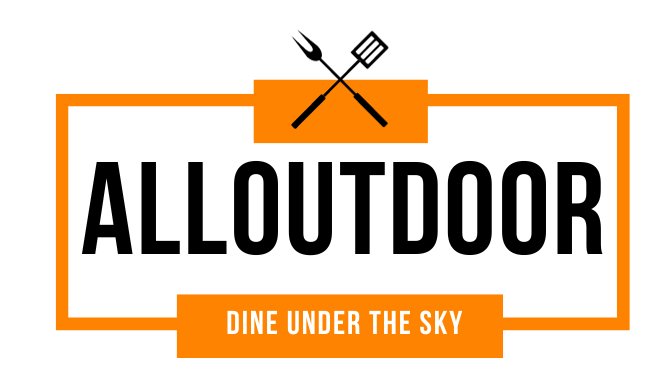1. Introduction to Table Finishes
- Purpose of Testing: To determine the most suitable finish for a conference room table by subjecting various finishes to rigorous stress tests.
- Finishes Tested:
- Lacquer
- Polyurethane
- Rubio Monocoat
- Epoxy
- Control (Raw Wood)
2. Application and Initial Observations
- Appearance: After application, each finish exhibits different levels of glossiness. The pencil marks used for testing are embedded beneath all finishes except for Rubio Monocoat, where the pencil remains on the surface.
- Initial Durability: All finishes are well-applied and ready for stress testing.
3. Stress Tests Conducted
- Liquid Stain Resistance: Tested with water, wine, coffee, bleach, Windex, Simple Green, rubbing alcohol, and vinegar.
- Sharpie Removal: Simulated removal of Sharpie marks using rubbing alcohol.
- Physical Abrasion Tests:
- Keys Test: Dropping keys on the surface to simulate everyday wear.
- Writing Test: Writing on a single sheet of paper to see if the finish transfers the pen marks.
- Fork and Knife Test: Simulating cutting actions to check for scratches.
- Hot Wet Paper Plate Test: Testing adhesion and marking from hot, wet paper plates.
4. Results by Test
Liquid Stain Resistance:
- Control (Raw Wood): Exhibits significant staining across all liquid types.
- Rubio Monocoat: Resists water and bleach well but stains with coffee, wine, Windex, and Simple Green.
- Epoxy: Completely resistant to all stains.
- Lacquer: Minimal staining, with slight marks from coffee and Simple Green.
- Polyurethane: Near-perfect resistance, with only faint marks from Simple Green.
Sharpie Removal:
- Control: Sharpie marks are nearly impossible to remove.
- Rubio Monocoat: Partial removal, but marks remain visible.
- Epoxy: Sharpie is entirely removed with minimal effort.
- Lacquer: Fades the Sharpie but does not completely remove it.
- Polyurethane: Almost fully removes the Sharpie, requiring minimal effort.
Physical Abrasion:
- Keys Test:
- Control: Significant indentations.
- Rubio Monocoat: Visible pockmarks, though less severe than the control.
- Epoxy: Slight marks visible only under direct light.
- Lacquer: Sustains heavy damage, with marks clearly visible.
- Polyurethane: Visible marks, but less severe than lacquer.
- Writing Test:
- Control: Some marking visible from pen pressure.
- Rubio Monocoat: Nearly no visible marks.
- Epoxy: No visible marks.
- Lacquer: Shows clear, visible markings from writing.
- Polyurethane: No visible marks, similar to epoxy.
- Fork and Knife Test:
- Control: Shows significant scuff marks.
- Rubio Monocoat: Light indentations visible.
- Epoxy: Minor gouging visible under light.
- Lacquer: Deep scratches and visible damage.
- Polyurethane: Minimal damage, with very faint marks.
Hot Wet Paper Plate Test:
- All finishes, including the control, resisted damage from this test.
5. Conclusion and Recommendations
Top Performers:
- Epoxy: The clear winner in most categories, especially in resistance to staining and physical damage. However, it gives a synthetic appearance and is the most expensive option.
- Polyurethane: Nearly as durable as epoxy, with excellent resistance to stains and scratches. It also maintains a more natural wood look compared to epoxy.
When it comes to finishing a table, especially one as significant as a conference room table, selec ting the right finish is crucial. Each finish offers different levels of durability, aesthetics, and resistance to wear and tear. This guide will take you through a detailed evaluation of various finishes, including lacquer, polyurethane, Rubio Monocoat, and epoxy, based on a comprehensive series of tests. These tests are designed to simulate real-world conditions and help you make an informed decision.
ting the right finish is crucial. Each finish offers different levels of durability, aesthetics, and resistance to wear and tear. This guide will take you through a detailed evaluation of various finishes, including lacquer, polyurethane, Rubio Monocoat, and epoxy, based on a comprehensive series of tests. These tests are designed to simulate real-world conditions and help you make an informed decision.
Other Considerations:
- Rubio Monocoat: Provides a natural finish but offers less protection against stains and physical damage.
- Lacquer: While offering good stain resistance, it is the most susceptible to physical damage.
Final Thoughts:
- Cost vs. Durability: Epoxy is ideal for those prioritizing durability and don’t mind the synthetic look and higher cost. For a balance between cost, durability, and appearance, polyurethane is recommended.
- Aesthetics: If maintaining the natural appearance of wood is essential, Rubio Monocoat is a suitable option despite its lower resistance to damage and stains.
This guide should help you choose the best finish for your table, considering the balance between aesthetics, durability, and cost.
Sources:
https://www.finewoodworking.com/project-guides/finishing/choosing-a-finish-2
https://www.briansbenham.com/the-right-finish-for-your-dining-table/
